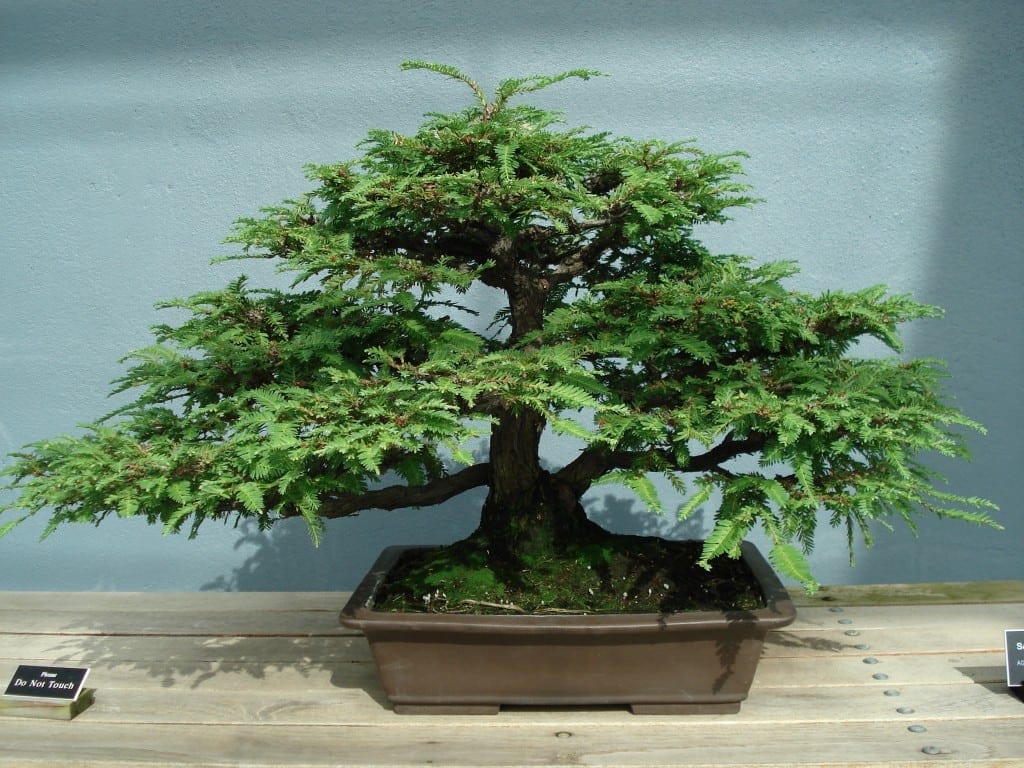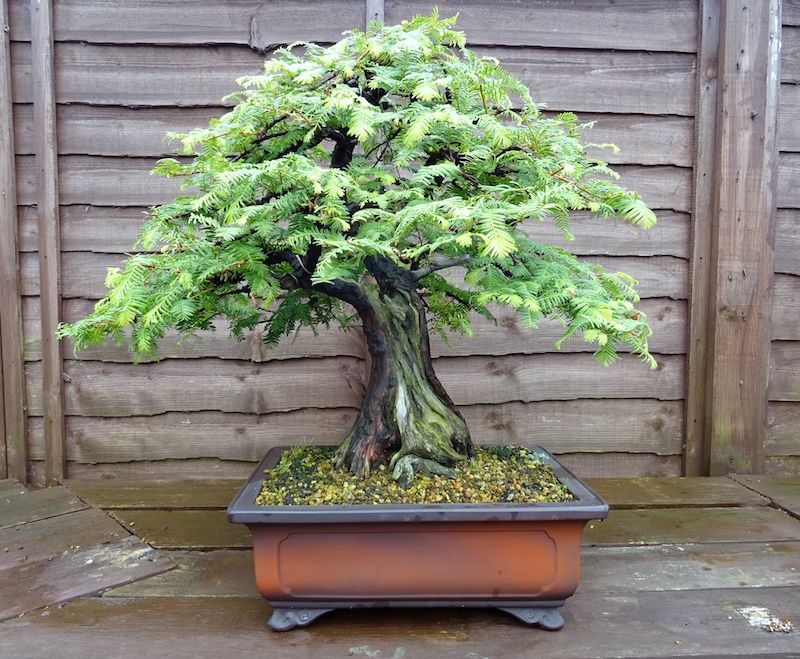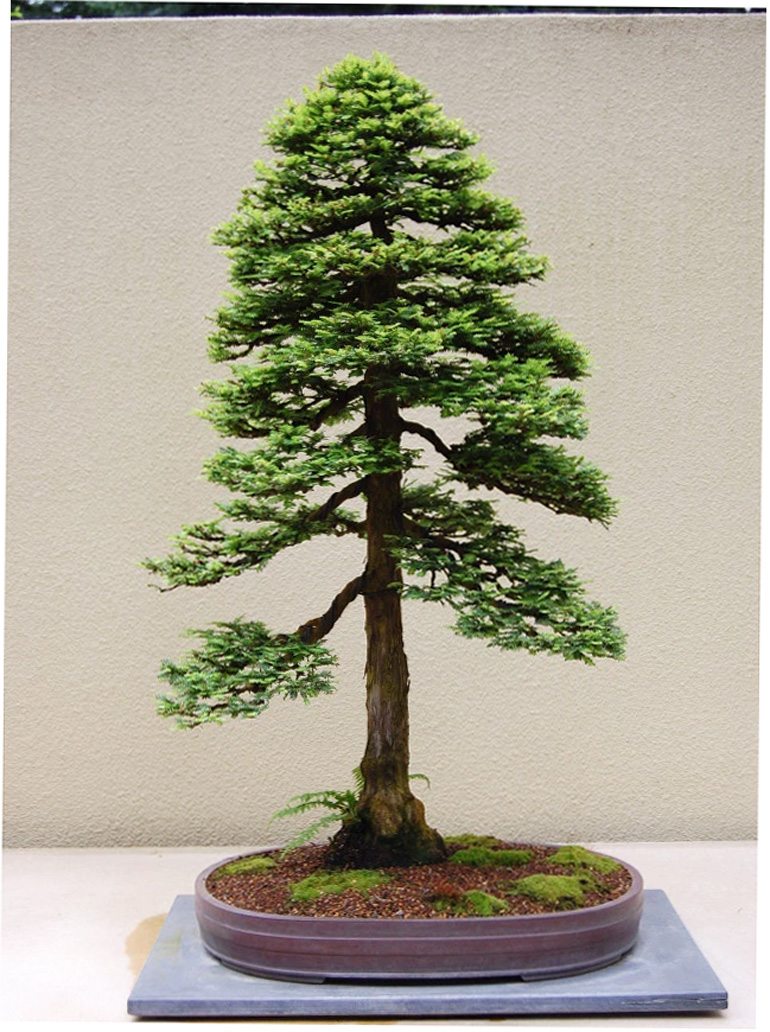Redwood Bonsai Tree For Sale – Similarly, a quality suit made from fine wool will age gracefully, developing a patina that speaks to its craftsmanship. While there are certainly markets where affordable goods are a necessity, quality goods for sale often come with a premium price tag. This leads to the accumulation of waste that ends up in landfills, contributing to pollution and the depletion of valuable resources. While some people may be hesitant to purchase pre-owned electronics due to concerns about quality or reliability, the second-hand market for electronics has become increasingly trustworthy. One common concern is the risk of purchasing items that are damaged or not as described. These brick-and-mortar stores offer a different shopping experience, one that is often characterized by the thrill of the hunt. To mitigate this risk, buyers should ask for detailed photos, read product descriptions carefully, and inquire about the condition of the item before making a purchase. For the seller, there is the risk that they may not be able to find a buyer who is willing to pay the desired price, or that the sale may not go through as planned. Yet, despite this shift, the appeal of quality craftsmanship has not waned. One of the most popular categories of second-hand goods for sale is clothing. This stage can involve a variety of specialists, such as accountants, lawyers, and industry experts, who can provide a comprehensive evaluation of the business. People are increasingly looking for quality over quantity, preferring items that are durable, timeless, and well-made. The role of business brokers and intermediaries has become increasingly important in today’s business-for-sale market. While many artists and creators are forced to sell their work in order to make a living, there is still a sense of purity in the act of creation. Second-hand goods for sale are no longer seen as inferior or out-of-date, but rather as a conscious, stylish, and eco-friendly choice. When a person creates something, they are offering a piece of themselves to the world, not for sale, but as a gift. In this sense, purchasing pre-owned items can be seen as a form of social responsibility, as it helps create a positive impact that extends beyond the individual buyer. When someone buys a second-hand item, whether it’s a piece of furniture passed down through generations or a retro jacket from a bygone era, they are not just acquiring an object; they are connecting to a story, a memory, or a cultural moment. The due diligence process helps the buyer understand the risks involved, the company’s market potential, and any legal or operational hurdles that may exist. The resale of pre-owned clothing has become a booming industry in recent years, with second-hand stores and online marketplaces thriving as more consumers opt for affordable, sustainable alternatives to fast fashion.

Dawn Redwood Bonsai Tree (Metasequoia Glyptostroboides) in 15cm Ceramic
4.5/5 (394 reviews)

Coastal Redwood No. 9 Redwood bonsai, Bonsai tree types, Bonsai tree
4.5/5 (394 reviews)

8 years old Dawn Redwood Live Bonsai Tree Outdoor Deciduous Etsy
4.5/5 (394 reviews)
Dawn Redwood Forest Bonsai Bonsai Learning Center Store
4.5/5 (394 reviews)

Bonsai Tree Dawn Redwood Grove 7 trees DRG7ST713 eBay Bonsai tree
4.5/5 (394 reviews)

Dawn Redwood Bonsai Tree Redwood bonsai, Bonsai tree
4.5/5 (394 reviews)

Hot Sale Coast Redwood Bonsai Sequoia Sempervirens Bonsai Tree Bonsai
4.5/5 (394 reviews)

Redwood Bonsai Trees (Metasequoia glyptostrobides) Bonsai Tree Gardener
4.5/5 (394 reviews)

Redwoods (Metasequoia / Sequoia) Bonsai Empire
4.5/5 (394 reviews)

Redwood Bonsai & a Sense of Mystery Bonsai Bark
4.5/5 (394 reviews)
One of the most popular categories of second-hand goods for sale is clothing. When consumers buy these goods, they are investing in both the product and the people behind it. Similarly, in relationships, individuals may feel as though they are selling themselves, presenting their best qualities and hoping for the best outcome. They can assist in determining the right price for the business, marketing it to potential buyers, and managing the negotiation process. For sellers, this creates an opportunity to declutter their homes and make some extra money, while buyers have access to a vast marketplace of affordable, unique, and sustainable products. Many second-hand clothing stores and online platforms specialize in curating high-quality, gently used apparel, making it easy for consumers to find fashionable items that align with their tastes. The dynamics of a sale can vary dramatically depending on the context. In some cases, sellers may be willing to offer financing options, where they agree to receive payment over time, which can make the business more attractive to potential buyers. It’s a world where even personal growth, self-actualization, and emotional healing are framed as commodities, available for purchase at any time, but only if you’re willing to pay the price. The process of selling it can be seen as a form of letting go, a recognition that the future may look different from the past, but that doesn’t diminish its importance or value. When it’s put up for sale, it can bring with it a sense of loss, as if a piece of the seller’s life is being taken away. In a circular economy, items are kept in use for as long as possible, reducing the need for new resources and minimizing environmental harm. Social movements and grassroots organizations work tirelessly to provide resources and support to those who need it, often without expecting anything in return. Whether you’re the seller or the buyer, the phrase “for sale” is a reminder that everything in life is in constant motion, always moving toward something new, something different, something better. The environmental benefits of buying second-hand goods go beyond just reducing the need for new production. This can be particularly advantageous for entrepreneurs who might have experience in business operations but lack the time or resources to build a new venture from the ground up. It doesn’t fall apart after a few uses, nor does it need to be replaced after a season. For some, selling something may feel like a sacrifice, while for others, it may feel like an investment in their future. They walk into a space that holds the potential for their own memories to be created, for their own life to unfold. The growing interest in second-hand goods can also be attributed to shifting cultural attitudes toward consumption.
The promise of success in a marketplace driven by capitalism can be an illusion for those who don’t have the resources or opportunities to compete on equal footing. In conclusion, the sale of a business is a complex process that involves numerous steps, from identifying the right buyer or seller to completing due diligence and negotiating the terms of the transaction. This shift in mindset has contributed to a growing acceptance and even celebration of second-hand shopping, making it a mainstream activity that is not just about saving money but about making more thoughtful and responsible choices. While buying and selling second-hand items can come with its challenges, the rewards—both financially and environmentally—make it a worthwhile pursuit for many people. These moments remind us that there is more to life than the pursuit of profit, and that not everything can be measured by a price tag. At its core, “for sale” signifies that something is available for purchase, but beyond that, it tells a story of desire, exchange, and transition. In the realm of real estate, for instance, selling a house is often an emotional and logistical challenge. However, there’s also an argument to be made that, over time, quality goods are often more economical in the long run. This practice is an essential aspect of sustainability, as it helps conserve resources and reduces the amount of waste sent to landfills. The artist who created it may have one understanding of its worth, while a collector may see it as a valuable investment, and a casual admirer might simply appreciate its beauty without considering its monetary value. For sellers, the challenge lies in pricing items fairly and accurately representing their condition. If the buyer is satisfied with the findings, the next step is usually negotiation. In some cases, a business may look profitable but may be hiding significant underlying issues, such as declining sales, ineffective marketing strategies, or employee dissatisfaction. For those considering buying a business, the appeal often lies in the opportunity to take over an existing operation and build upon its foundation. It implies that there’s nothing off-limits, nothing beyond the reach of commerce. These goods aren’t just products; they are symbols of craftsmanship, heritage, and pride. But what about the intangible things? Can memories be bought? Can feelings, emotions, or connections be traded? In a sense, many people would argue that in today’s world, even the intangible is up for grabs. This sense of connection can also extend to the broader culture of quality goods, where consumers and creators share a commitment to excellence and a desire to preserve the craft and tradition behind these products. The decision to sell an heirloom piece of furniture, for example, can be emotionally complex, as it involves a shift in one’s connection to the past. This creative process not only gives new life to old objects but also encourages people to think outside the box when it comes to the things they buy and use.